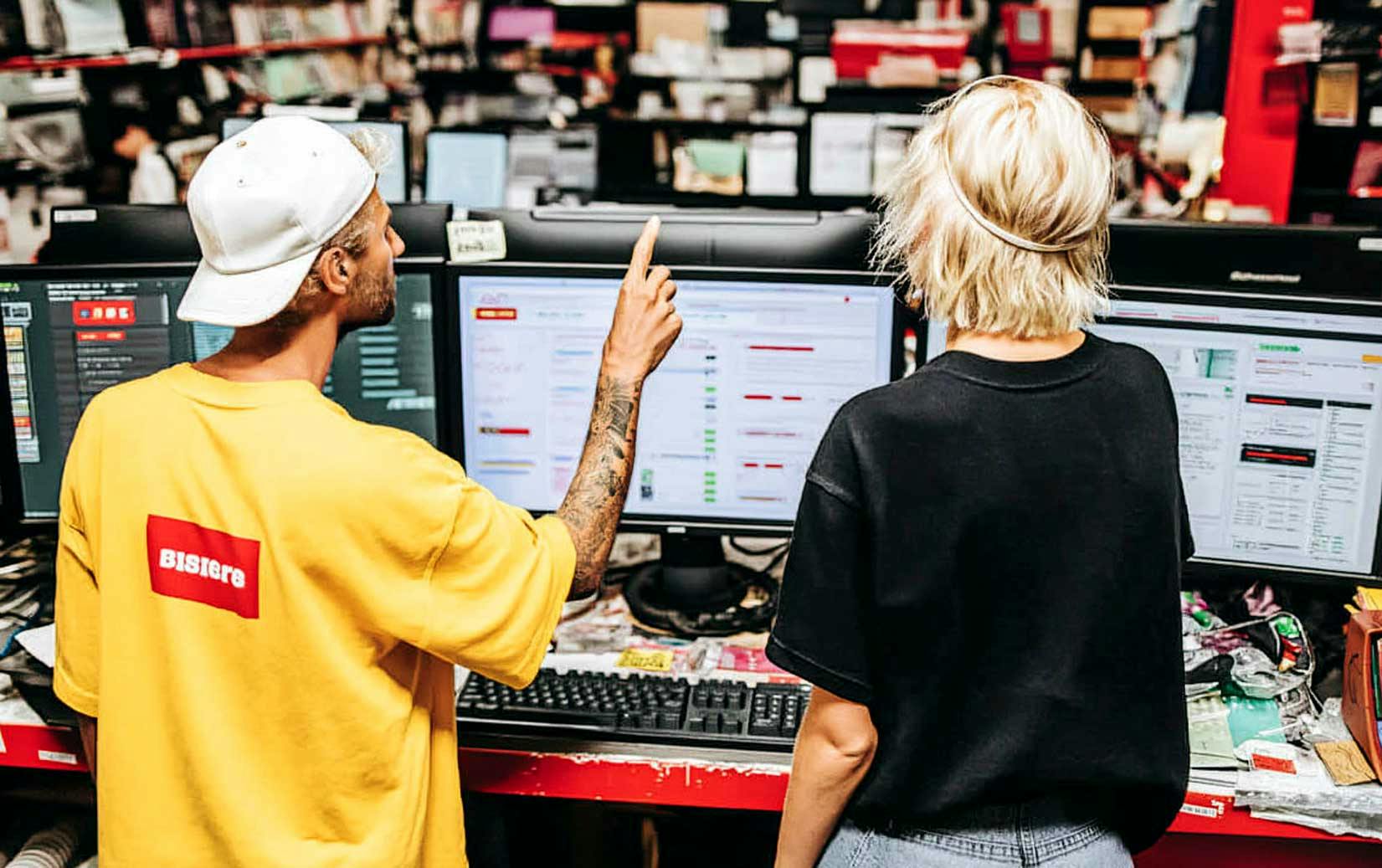FAQs Using Delivery Data to Drive Strategy

- How can I grow sales on third-party delivery apps?
- What metrics matter when evaluating third-party delivery performance?
- How can I track delivery performance in real-time by location?
- How do I know which delivery platforms are best for my restaurant locations?
- How can I quickly identify underperforming menu items?
- Closing Thoughts
Delivery isn't a side hustle; it's a core revenue stream. But to grow that side of the business, you need to know what's working, where, and why. Without proper visibility, even the most well-intentioned strategies become guesswork.
Are your top-performing locations making money on delivery? Are promos driving real volume or just giving margin away? Let's address these frequently asked questions and explore how ops leaders are beginning to utilize data not just to track delivery, but to drive it.
How can I grow sales on third-party delivery apps?
Treat each app as its own sales channel. Study your customers' behavior by platform—what, when, and how often they order to help you modify menus, pricing, and promotions accordingly.
You should also run different strategies on each platform. If you see late-night food orders skyrocketing on Uber Eats, run an exclusive on that platform from 9 p.m. to 1 a.m.
A perfect case in point is Chopstix, which uses Deliverect to centralize all its delivery partners in one dashboard. This enables them to manage promotions more effectively across platforms and increase revenue.
What metrics matter when evaluating third-party delivery performance?
Focus on actionable KPIs:
Average Order Value (AOV): Indicates revenue per transaction.
Order Completion Rate: Measures reliability and customer satisfaction.
Preparation Time: Affects delivery speed and customer experience.
Menu Item Performance: Identifies bestsellers and underperformers.
Platform Fees vs. Revenue: Assesses profitability per channel.
Use integrated dashboards to monitor these metrics in real-time, enabling swift adjustments to operations and strategy.
How can I track delivery performance in real-time by location?
Implement centralized dashboards to provide real-time visibility of location-specific data, including high cancellation rates and delayed preparation times.
One Stop, a household name in the UK with 1,000 convenience stores nationwide, used Deliverect to operate on-demand delivery across 600+ sites. This resulted in a record online sales increase by simply being able to monitor performance metrics centrally.
How do I know which delivery platforms are best for my restaurant locations?
Start by measuring the sales volume, commission fees, promo effectiveness, and customer feedback across each service location. The goal? Focus on platforms that deliver value and renegotiate, reduce, or drop the ones that don’t.
Not every delivery app performs the same in every neighborhood. Some platforms excel in urban areas, while others perform better in suburban areas. Operators looking to optimize spend and margin must track performance by platform and location.
How can I quickly identify underperforming menu items?
Use your store’s sales data to pinpoint items with low order frequency, high preparation times, or frequent cancellations. Remove or revise these items to optimize the menu.
A good example is when Peter Pane, a 250-location burger restaurant chain, used data from Deliverect's analytics to perfect its delivery menu. They added high-performing items and removed those that slowed down their kitchen.
Closing Thoughts
You can’t optimize what you can’t see. With real-time data, operators shift from a reactive to a strategic approach, adjusting menus, pricing, or channels to deliver higher efficiency and growth.
Visibility transforms chaos into clarity. Once you’ve got that foundation in place, the next move is gaining back control over how customers interact with your brand. And that starts with your digital storefront, especially how guests place their orders.